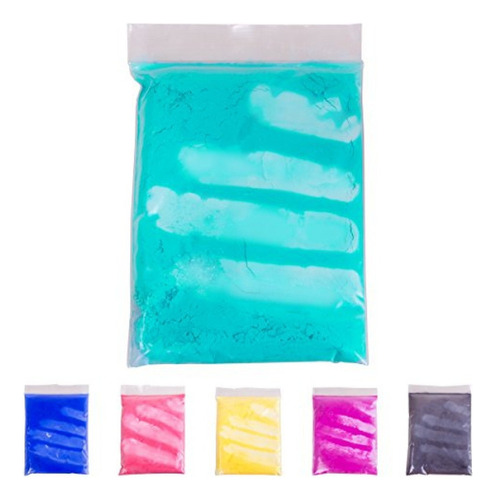Pigmento De Resina 0.71 Oz De Polvo De Pigmento Termocrómic
+50
Ventas concretadas
Brinda buena atención




Descripción
Bienvenid@,
Traemos lo que quieras, en menos de 25 días hábiles.
TÉRMINOS Y CONDICIONES
------------------------------------------
- Fotos referenciales del producto, consulte no mas
- Despachamos a todo Chile con Starken o Mercado Envios
- Productos importados de Estados Unidos, es probable que los productos electronicos trabajen en 110V y NO en 220V, podria usar un transformador, para mas información primero nos puedes preguntar todas las inquietudes que tengas.
Pigmento de resina 0.71 oz de polvo de pigmento termocrómico activado por temperatura, polvo que cambia de color sensible al calor para limo, pintura, resina, epoxi, esmalte de uñas, tinta, serigrafía, arte de tela, fundición (verde azulado)
20g of Thermochromic Temperature Activated Pigment Powder - Heat Sensitive Color Changing Powder for Slime, Paint, Resin, Epoxy, Nail Polish, Ink, Screen Printing, Fabric Art, Casting (Teal)
Marca: California Containers
Modelo: 02
Color: verde azulado
Talla: 0.7 Ounce (Pack of 1)
-TEMPERATURE ACTIVATED - This thermochromic pigment changes at 88?F (31 ?C) from colored to transparent (colored below the temperature, transparent above)
-NON-TOXIC - This powder is safe for skin contact and uses no harsh chemicals (but not intended for consumption). Great for making color-changing slime, play dough, Sugru, Polymorph, and nail polish
-VERSATILE - This heat-sensitive pigment is perfect for a wide range of arts and crafts and mixes well with most mediums, paints, and resins. Make your own heat-sensitive mugs, secret messages, mood rings, nail polish, slime/goo, or whatever you can imagine
-HIGH QUALITY - This powder is ultra fine with vibrant colors
-EASY TO USE - Simply add pigment to a clear base and mix well. Keep in mind that mixing generates heat which may temporarily change the color of the mixture. It is recommended to start with a very small amount of pigment and add more until the desired color is achieved. A ratio of 1 part pigment to 20 parts base is a good starting point.
. B074D5MCBP
Preguntas y respuestas
Nadie ha hecho preguntas todavía.
¡Haz la primera!
